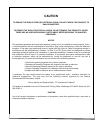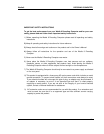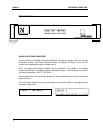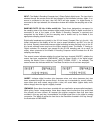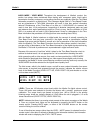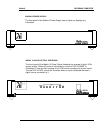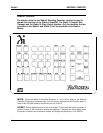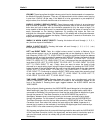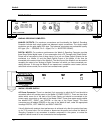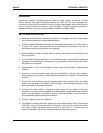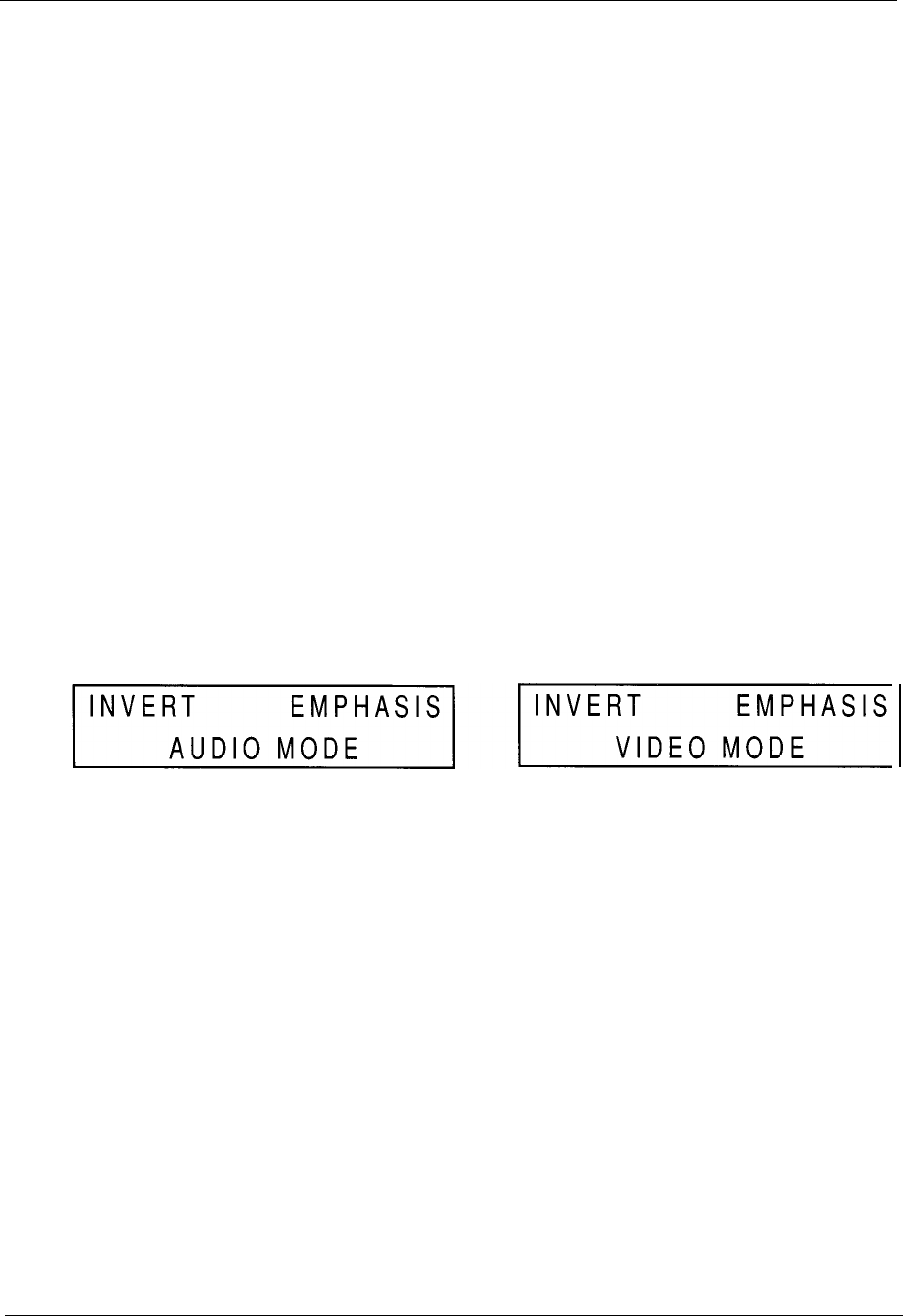
Wadia 9
DECODING COMPUTER
INPUT: The Wadia 9 Decoding Computer has 3 Glass Optical digital inputs. The input that is
selected through the remote control will be indicated in the information window. Again, if no
source is connected to the input, then NO DATA will also appear. If a digital source is
connected to the input selected, the information window will indicate the sampling rate of the
source.
SAMPLING RATE: 32
kHz,
44
kHz,
and 48
kHz.
These three designations correspond to
the sampling rates of the three consumer digital audio formats. When a digital source that is
connected to one of the inputs of the Wadia 9 Decoding Computer is received and
recognized by the Wadia 9, and the sampling rate is locked onto by the Wadia 9, the
appropriate sampling rate will illuminate.
Digital radio broadcasts are typically in the 32
kHz
format, Compact Disc is in the 44.1
kHz
format (indicated on the display as 44
kHz
due to space limitations), and DAT is in the 48
kHz
format. Recently introduced consumer digital recording formats are likely to be in the 32
kHz
format, although some may be at the higher sampling rates. The Wadia 17 Analog to
Digital converter, for example, can operate at the 48
kHz
sampling rate. As a result, its
output, when connected to the Wadia 9 Decoding Computer would illuminate the 48
kHz
sampling rate display.
The second screen
indicates
whether the signal has been inverted (INVERT), whether the
source has been emphasized (EMPHASIS), and the Signal Quality of the digital signal
entering the Wadia 9 from a digital source (INPUT SIGNAL LEVEL
1,
for example). The
second screen also indicates when the Time Base Correction circuit has been employed.
INVERT: Indicates digital inversion (plus becomes minus, and minus becomes plus) has
been accessed through the remote control. As there are no standards for correct polarity,
some discs (and even certain songs within a disc) will sound better (tighter bass, more
distinct image) when the signal is digitally inverted.
EMPHASIS: Some discs have been encoded with an equalization process called emphasis.
While giving “better” measurements, these discs always sound worse than they would had
this process not been utilized. All compact disc players recognize discs that have been
encoded in this way and then “de-emphasize” the digital signal prior to the digital to analog
conversion. The Wadia 9 notifies the user that a disc has been encoded in this way through
the illumination of EMPHASIS.
9





